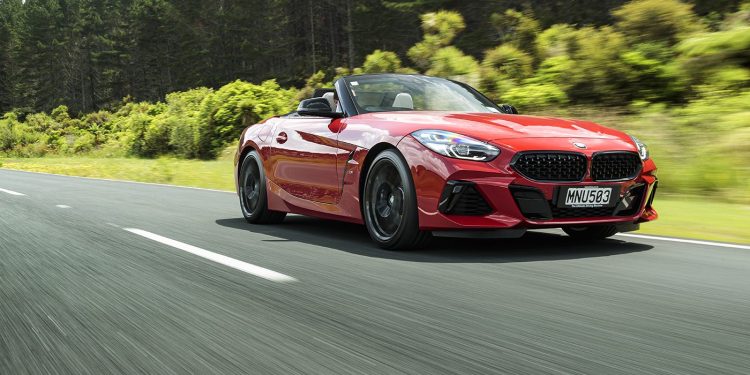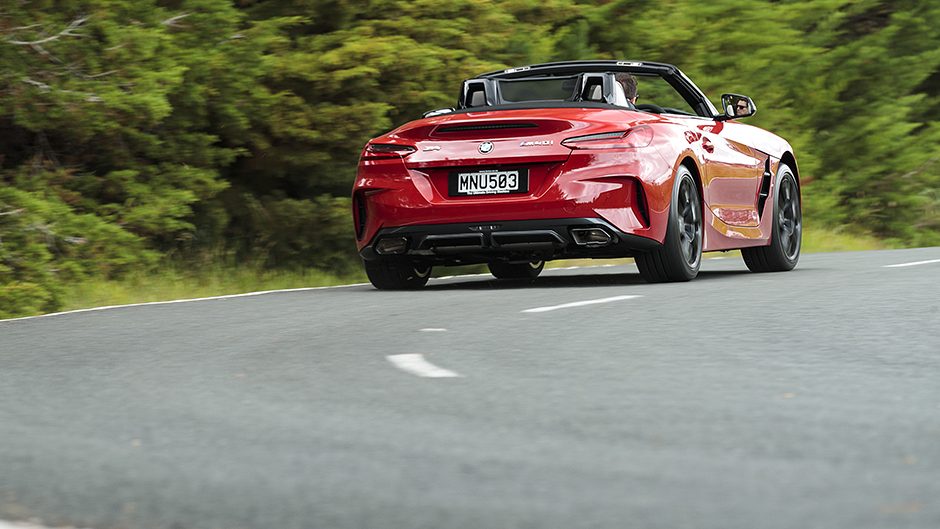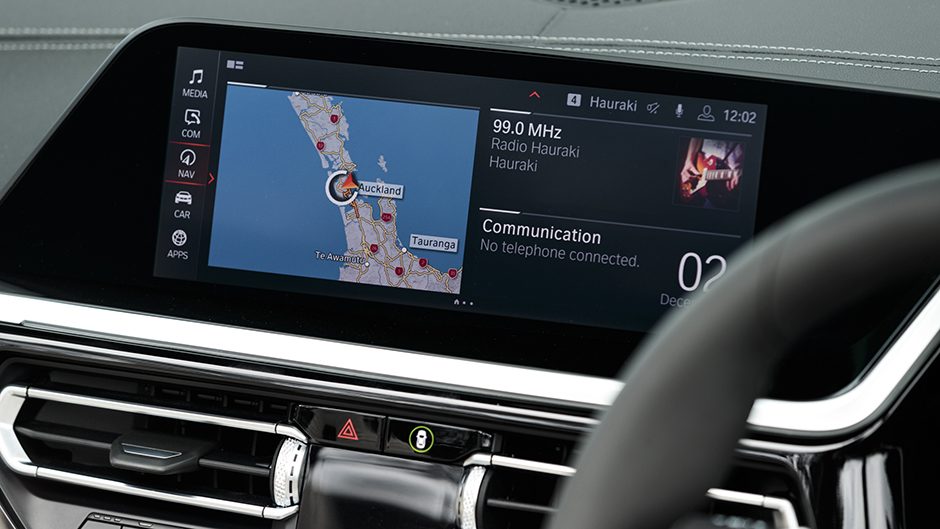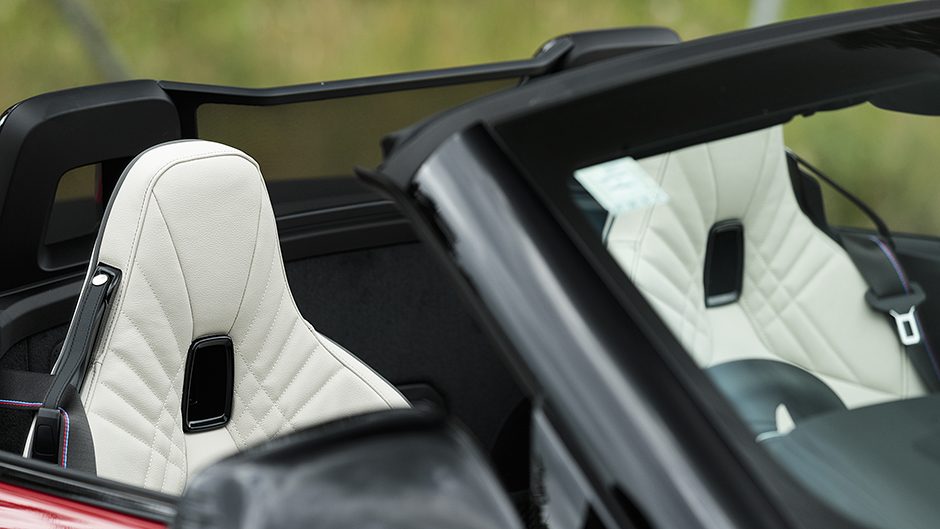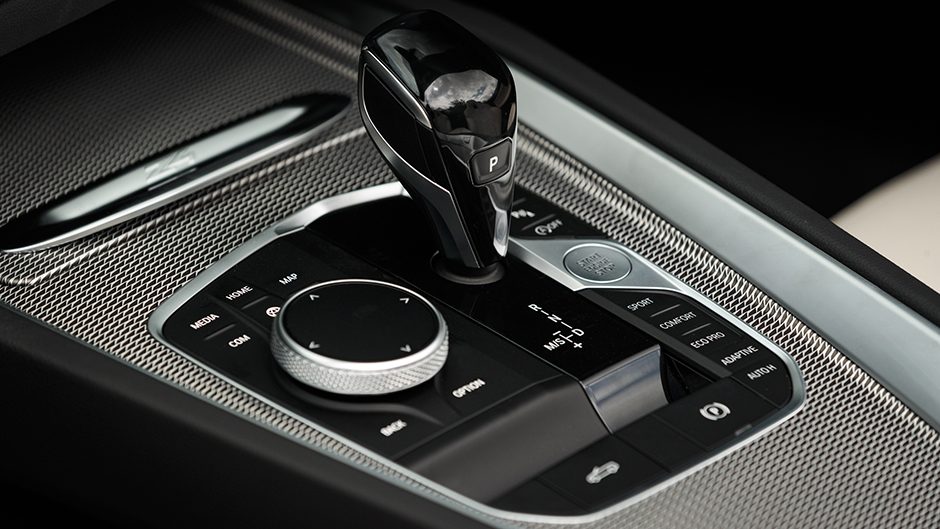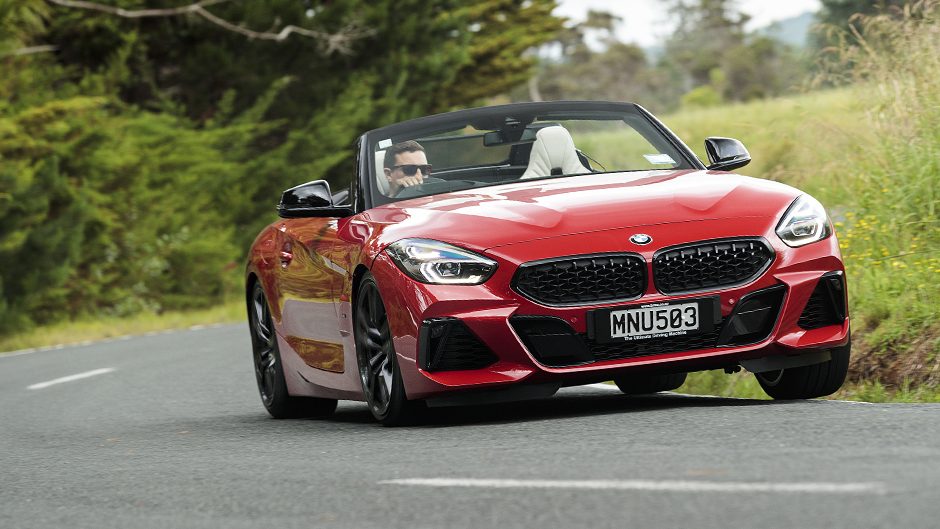2020 BMW Z4 review
Words Kyle Cassidy | Photos Tom Gasnier
BMW rediscovers the joys of the roadster with its new Z4, a drop top finally worthy of the propellor badge
BMW has had a chequered past with its roadsters. Previous Z4s haven’t lived up to our expectations of what a BMW sports car ought to be. The firm has a reputation for producing cars that are at, or near enough to, the top of their class in terms of driver appeal, from the 1 Series through to the X range. So it always seemed odd that its Z roadsters weren’t what you’d call driving machines, especially up against the likes of Porsche’s Boxster. It appeared that BMW had given up on the roadster genre for a bit there, until Toyota came a knocking, asking for help to build a new sports car. And so we got a new Z4 and a Supra. And thanks to Toyota’s emphasis on building a driver’s car, the new Z4 is more like it should be.
This is an all-new effort, with no carryover parts, just the name really, and the roadster concept. It’s a little longer than the old one and wider with pumped out tracks for better cornering stick and a shorter wheelbase to make it quicker on the turn. They’ve ditched the folding hardtop too and focused on centralising the mass. And at 1575kg, it’s 25kg lighter than the last E89 Z4 35i we had on the scales way back in 2009.
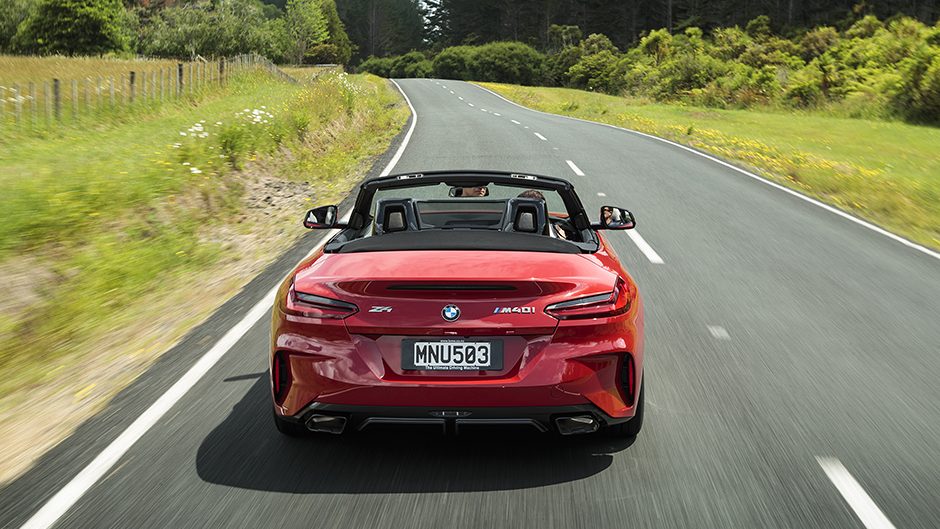
Unlike the latest Boxster competition, the Zed can be had with a six, the M40i being the only model offered here. It’s the familiar 3.0-litre turbo, complete with a fancy water-cooled exhaust manifold integrated into the cylinder head for sharper boost response. The maximums are 250kW with 500Nm on call from 1600 to 4500rpm. BMW says it’s good for a 4.5sec 0-100km/h fling, and it will oblige with the Launch Control priming everything for best response. Even without it, this is comfortably quick, the broad spread of torque pushing it along with the power up top to make it zing when you persist. Racing topless, you hear more of the sonorous exhaust, and the crackles and bangs, with fewer of the digitised overtones. Consumption they peg officially at 7.5L/100km, though something in the 11s is more realistic.
Along with the pumped up M styling, the 40i gains variable sport steering for a mix of sharp cornering with easy, slow-speed manoeuvres while the adaptive dampers do both sport and comfort in equal measure. Traction is aided by an electromechanical M sport diff, the locking effect electronically controlled to give it greater influence over the flow of torque between the left and right tyres. The eight-speed auto has protocols promoting snappier shifting while shorter ratios in the lower gears help the sprint times.
Suspension comprises new struts up front and a five-link rear end to bring more polish to the ride while aiding stability in the bends. They talk up the rigidity of the subframes and alloy control arms to benefit more precise turning and unsprung weight.
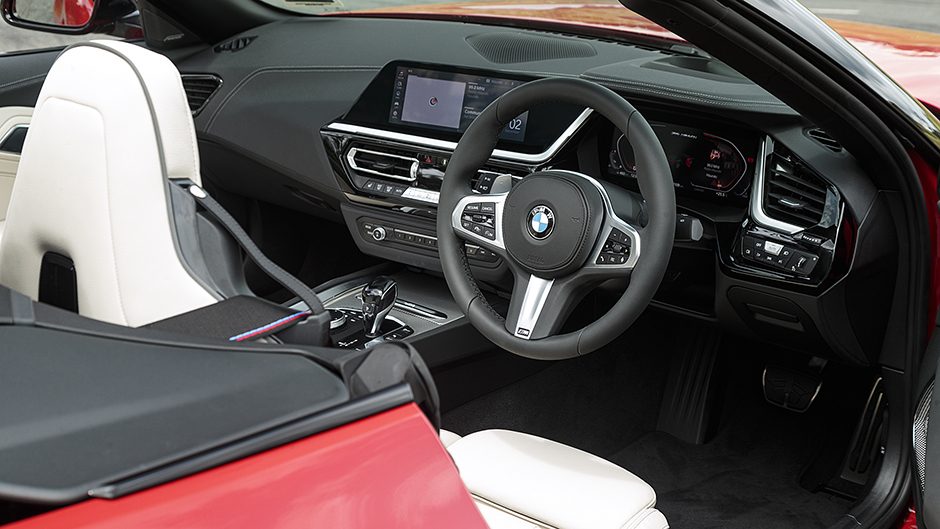
While a two-seat roadster can never truly be practical, this is one you could use daily, should your lifestyle allow. The soft top is fully automated, taking around 10 seconds to convert, and can do its thing up to speeds of 60km/h. You can also drop the top remotely using the key fob, so this is convenience plus as far as a convertible goes. It seals snuggly and muffles much of the surrounding traffic noise when in place. There are no iffy body shakes here, the rigidity sorted and with the dampers set to Comfort this has a calm urban gait for a sportster, tending firm only over the big bumps. All the usual conveniences are present, the wide angle backing camera helping with rearward vision when parking for the view is restricted with the roof in place.
The active safety doohickies are there, so too active cruise complete with the stop and go function for congestion calming. Wind rustle is minimal with the top down at 100km/h, the deflector working well, while road roar is acceptable for a low slung roadster. The seating position is low but entry is okay, so too the space in the cabin, although there isn’t much storage room. It does have a good boot for a roadster, the opening generous and the space the same whether the hood is up or down.
We’re happy to report the Z4 now delivers when you’re behind the wheel. Slip your driving gloves on, prod the Sports mode, and this roadster is keener on the action than any previous model. It’s well balanced, the mass low, and it feels like it rotates around you. This might have something to do with the fact that you’re now seated more in the middle of the car rather than perched over the rear axle as in earlier versions.
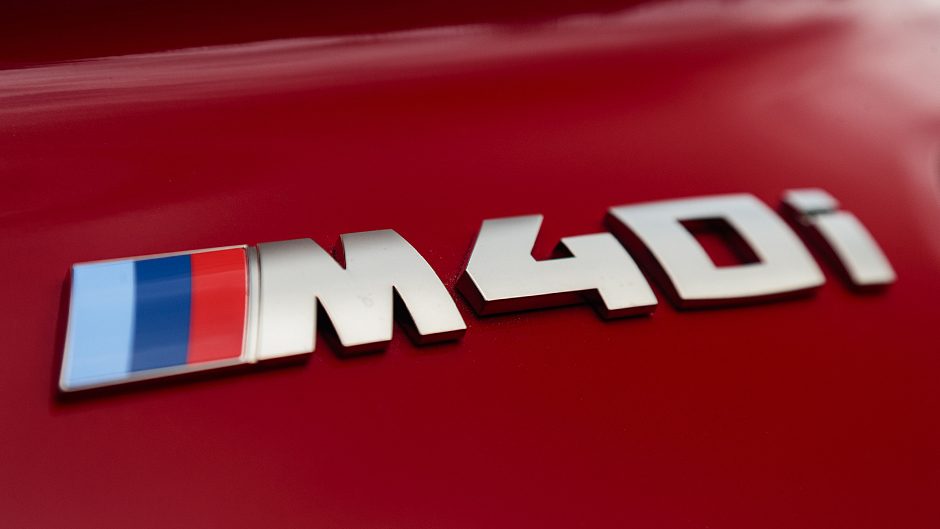
It turns dutifully, gripping well on the front end, and carries a decent lateral load through the bends. The diff aids traction, and if you manage the throttle right, you can rotate the rear on the power. Suspension is a mite firm in Sport mode, tripping up over the meatier midcorner bumps, especially when attempting to put the power down. That can get the DSC in a lather, and so the Sport setting for the stability control is the go.
That’s the difference between this and the Supra, the Toyota having a little more leeway in the spring, and it’s quicker on the turn too.
The auto works the six ably with no real need to paddle it along as it keeps the 3.0-litre spinning above 3000rpm, where it’s most responsive. The delivery is smooth, the torque a constant while you can spin it out to tap the power if you feel the need. Rounding out the package are strong brakes with good pedal feel.
BMW charge a whole heap more for the Z4 compared with the Supra, despite a similar specification, the convertible being $133,800 whereas you’ll get some change from $100k with the Toyota. But the Z4’s natural competition is the 718 Boxster, more expensive again, and this Z4 is a much more worthy opponent, and more deserving of consideration than any model before it.
| Model | BMW Z4 M40i | Price | $133,800 |
| Engine | 2998cc, IL6, T/DI, 250kW/500Nm | Drivetrain | 8-speed auto, RWD |
| Fuel Use | 7.5L/100km | C02 Output | 171g/km |
| 0-100km/h | 4.49 sec | Weight | 1575kg |


